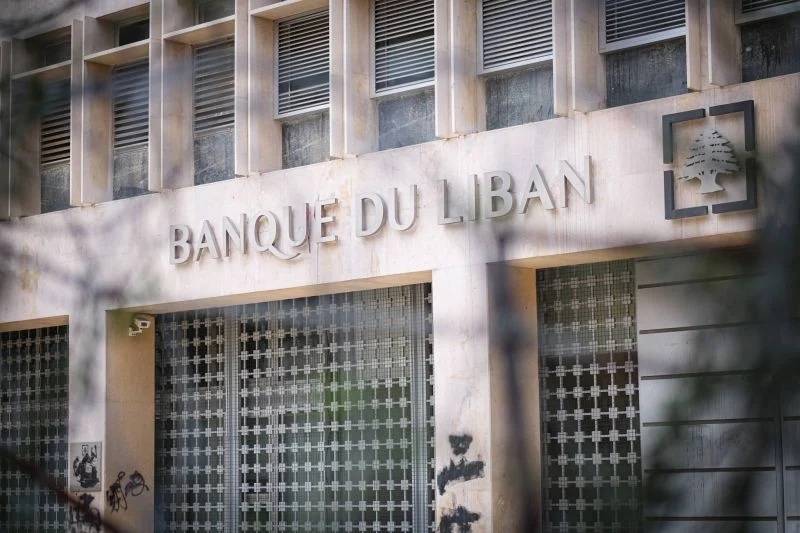
If it appears that exchanges via OMT have impacted the daily volume traded on Sayrafa, the extent of those transactions recovered by Banque du Liban is unclear. (Credit: João Sousa/L'Orient Today)
BEIRUT — The Lebanese central bank on Thursday extended Circular 161, and therefore its decision to intervene in the currency market, until the end of August, brushing aside claims about the negative impact of its strategy on foreign currency reserves.
On May 18 the central bank, faced with the prospect of losing control of the currency market as the lira breached LL30,000 to the US dollar, opted to extend Circular 161 for two months, ending on July 31. The circular was originally released on Dec. 16, allowing banks to sell dollars to depositors at the Sayrafa rate, and has been repeatedly renewed by the central bank since.
The May 18 maneuver failed to calm the market. In less than 10 days, the lira was already trading at new lows, around the LL37,000 level. The drop in value prompted the central bank to announce on Friday May 27, when banks had already closed for the weekend, that all citizens and companies looking to convert their lira to US dollar cash could do so starting early the following week. Banks were to stay open until 6 p.m. for three consecutive days to deal with the ensuing mountain of requests. The effect was immediate, with the lira strengthening to below LL30,000, later reaching LL26,500 to the dollar.
The shift coincided with increasing commodities prices in late May. Brent Crude oil at that time traded around $119 per barrel, peaking just a few weeks later about $120. Meanwhile, wheat had already peaked on May 17 at $12.85 per bushel and was trading around $11.66 on May 27.
BDL’s balance sheet was under immense stress. Foreign currency liquidity was draining quickly, reaching around $725 million between May 31 and June 30. The central bank soon tightened the requirements for individuals and companies looking to benefit from Circular 161. BDL governor Riad Salameh defended the circular on several occasions, claiming that its impact was limited as the bank bought US dollars from money exchangers. The drop in liquidity, he said, came from the depreciation of the euro and the Lebanese government’s payment of other subsidies such as wheat and fuel.
Overall, the advantages of Circular 161 were less than expected. The lira today hovers around LL30,000 to the US dollar, with LL41.2 trillion currently in circulation — LL4 trillion to LL5 trillion lower than the levels seen in December and January. The drop in reserves exceeds $2.7 billion.
In addition, Brent Crude oil and wheat are currently trading at $108 and $8.26 — both a long way from their high in May.
The lack of comprehensive fiscal and monetary reforms will likely continue to weigh on the Lebanese economy. The promised reforms attached to April’s International Monetary Fund agreement continue to stall. So far, out of several laws required to unlock the $3 billion assistance package, only the bank secrecy law has been approved by Parliament, which it passed in its Tuesday session, pending IMF feedback.